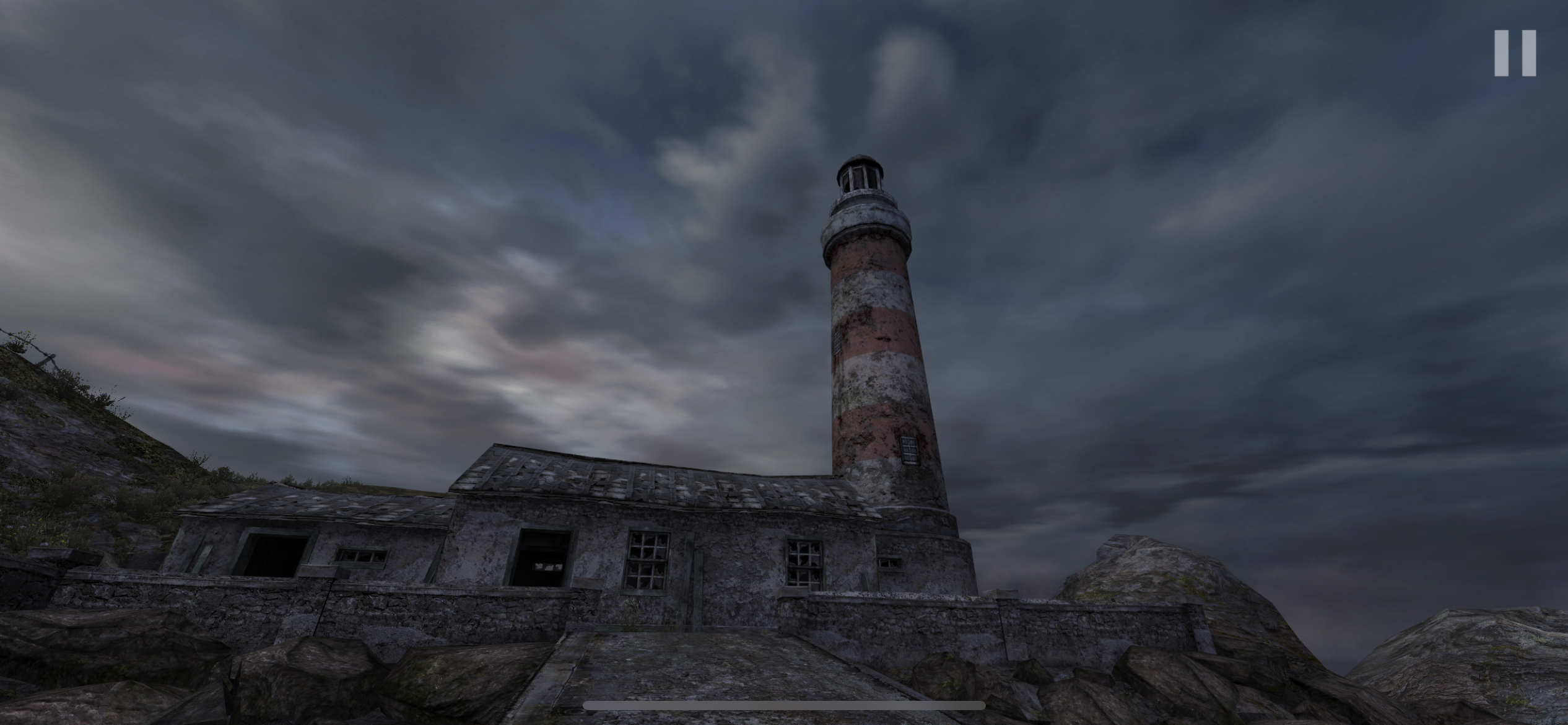Dear Esther, a walking simulator developed by The Chinese Room and published by Curve Digital, is available on multiple platforms, including PC, PlayStation 4, and Xbox One. It is primarily targeted at audiences who appreciate slow-paced, narrative-driven experiences. The game employs various formal elements, such as exploration, environmental storytelling, and atmospheric audio, to offer an immersive experience that delves deep into themes of loss, isolation, and grief.

The walking mechanic in Dear Esther serves as the backbone of the game’s formal elements. As players, they engage in a Player vs. Game experience that focuses on exploration and discovery. The objective is to uncover the fragmented story while navigating the desolate Hebridean island. The outcome is non-zero-sum, as players derive personal satisfaction from interpreting the narrative, rather than seeking to “win” or “lose.” The game’s boundaries are well-defined, with the island acting as the “magic circle” where players find themselves immersed in the protagonist’s journey.
Dear Esther’s focus on walking as the primary mechanic taps into several types of fun. Sense pleasure is evident in the game’s stunning visuals and haunting soundtrack, which evoke a strong emotional response. The narrative aspect of the game is a significant source of fun, as players uncover the story through voiceover monologues and environmental cues. Additionally, the game presents a challenge in piecing together the protagonist’s past, while the discovery element encourages players to explore and find clues about the narrative.
The game’s slow pace and emphasis on walking as the central mechanic contribute to its immersive storytelling. As players traverse the island, they are given ample time to absorb the environment and reflect on the protagonist’s situation. This introspective approach allows for a deeper emotional connection to the narrative, providing a unique and engaging experience. For instance, during my time playing the game, I was captivated by the high-quality visuals and intricate details of the environment. The stunning representation of the sand, buildings, and rocks not only enhanced the overall player experience but also encouraged me to explore further and pay closer attention to the surroundings. The richness of the environment invites players to delve deeper into the world, fostering a stronger connection to the story and the protagonist’s emotional journey. As I continued to navigate the island, I found myself becoming more immersed in the narrative and invested in the protagonist’s plight. The game’s ability to evoke such a powerful emotional response speaks to the effectiveness of the walking mechanic in creating a deeply engaging experience. The following pictures shows the quality of the scene:


However, Dear Esther also faces a few challenges. The game’s linear structure and limited interactivity may not appeal to all players, particularly those accustomed to more action-oriented or choice-driven experiences. Furthermore, the abstract nature of the story can sometimes leave players feeling disoriented or detached.
To enhance the game’s appeal and strengthen its emotional impact, the developers could introduce subtle choices that influence the narrative’s progression or modify the environment in meaningful ways. These choices would add depth to the player’s experience and allow for a more personalized journey through the island. Additionally, the game could benefit from clearer narrative signposts to guide players without detracting from the story’s enigmatic nature.
In conclusion, Dear Esther exemplifies the potential of walking simulators as a genre for delivering powerful, emotionally-driven narratives. By expertly combining walking with critical formal elements and types of fun, the game creates an immersive storytelling experience that resonates with players on an emotional level. Although it might not cater to everyone’s taste, Dear Esther successfully achieves its goal of providing a contemplative and engaging experience, showcasing the importance of understanding and utilizing formal elements and types of fun in game design.




